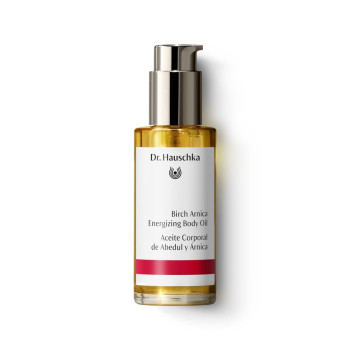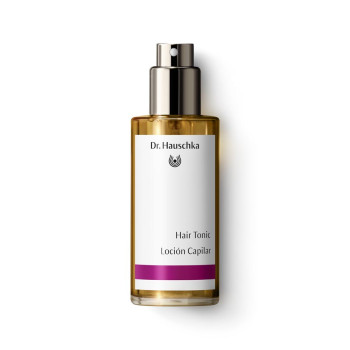
Arnica
Synonyms: Mountain Tobacco, Leopard's Bane
Scientific Name: Arnica montana L.
Family: Asteraceae (Daisy Family)
Habitat
The plant is indigenous to the mountainous regions of Central Europe, from southern Norway and Lithuania in the north to southern Russia in the east.
Constituents
Volatile oil, flavonoids, choline, procyanides, bitter compounds, sesquiterpene lactones.
Description
Arnica montana was named herb of the year in 2001. If you want to find it in the wild you will have to climb up high since this plant is at home in unfertilised or barely fertilised mountain pastures and mountain heathland, where it displays its radiant yellow flowerheads from June to August. As with all members of the daisy family, the flowerhead consists of numerous individual florets: small tubular florets at the centre, surrounded by larger tubules with long petals extending outwards - the ray florets. A characteristic feature of Arnica is that this ray floret has three teeth at the tip. The robust stems bearing the flowers rise from a rosette of leaves and can reach a height of up to 20 inches/50 cm. The plant is perennial and survives the hard mountain winter by withdrawing its energy into the rootstock.
Interesting Facts
The origin of the name Arnica is disputed. According to some sources it is derived from the Greek arnakis = lamb's skin, an allusion to the downy sepals. Others see the name as an abbreviation of the word ptarmike from the Greek ptarmos = to sneeze. Dioscurides is said to have given this name to the members of the daisy family because of their tendency to cause sneezing. As third variant, the name is thought to originate from the Arabic word arnich.
One of the German names for Arnica is Wolfsblume or wolf flower. Arnica has the wild nature of the wolf. as if entrapped mountain sunlight flashes from its flowers, reminding one of the yellow eyes of a wolf. In late summer, when the wind rustles through the ears of corn, the mythological figure the corn wolf roams. In heathen times this symbolized the strength of the field, the spirit of the corn, which, provide energy for ripening. As soon as he left the field, the corn withered. So farmerswould place Arnica around their fields to keep the corn wolf in. They believed this wolf's plant could stop the corn wolf from leaving the field. As soon as the last corn was cut he would escape and slip into the last sheaf. This was often decorated and then carried into the village amidst great rejoicing. Later, farmers placed Arnica around the fields on Midsummer's Day to protect the corn against Bilwisschnitter – the corn demon.
Arnica was dedicated to the godess Freya and was one of the most important herbs associated with the feast of St. John. Alongside St. John's wort and bracken fern, it was an obligatory part of any summer solstice ritual. Arnica was also believed to have magical powers that could influence the weather and used to be burned during thunderstorms. A German rhyme goes:
Set arnica alight, set arnica alight
Make the thunderstorm take flight
The plant from another perspective
Arnica's yellow eye shines far across the mountain pastures with the formative power of the sun that is captured within it. In the summer it appears to open its eye without warning: suddenly the flower-crowned stem rises upwards from the compressed, flower-like rosette of leaves pressed closely against the ground. Arnica concentrates entirely on the flowering impulse and does not waste time on luxuriant leaf growth. It thus lives in the polarity of root and flower and appears to lack the connecting rhythmic element of stem and leaf structures. It is this property that helps it to stimulate what Rudolf Steiner called the rhythmic system in humans, which, has a harmonising effect on the entire being. External injuries have a lot to do with imbalances within the human organism. It is therefore understandable that Arnica's balancing power is useful. The formative character expressed in the plant's sun-like quality and wonderfully ordered, multiple florets that combine to make a single flower also contrasts with injured tissue which has lost its form.
The plant in our products
Arnica is contained in:


